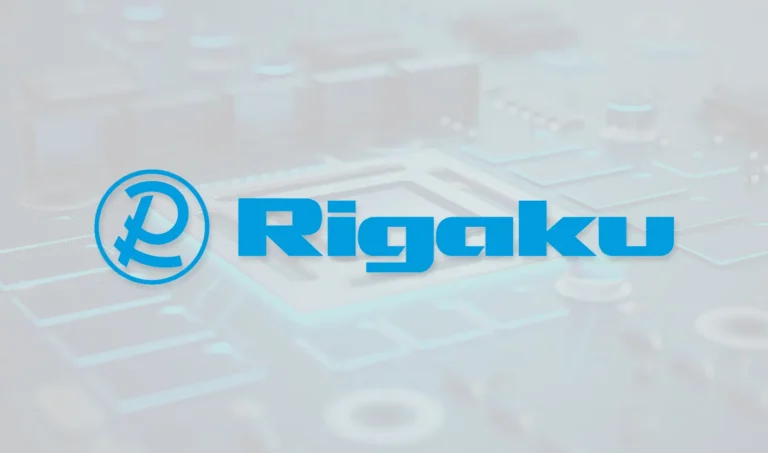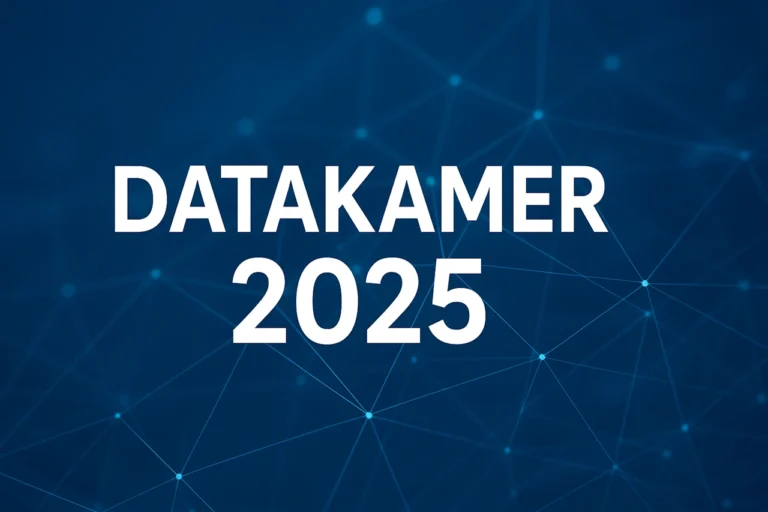The U.S. public sector is undergoing a sweeping transformation in how it envisions, builds, and operates its digital workplaces. A new research report by Information Services Group (ISG) (Nasdaq: III), a global AI-focused technology research and advisory firm, reveals that government agencies across federal, state, local, and education (SLED) sectors are increasingly integrating generative AI (GenAI), experience management, and structured hybrid work models into their long-term operational strategies.
According to the 2025 ISG Provider Lens® Future of Work Services report for the U.S. public sector, public agencies have moved beyond exploratory digital initiatives and are now executing unified workplace modernization programs. The report finds that since 2024, adoption of transformative workplace technologies has accelerated significantly—marking a shift from individual technology upgrades to comprehensive, cross-functional strategies that bridge IT, human resources, and facilities management.
“Public sector digital workplace transformations have entered the execution phase,” said Nathan Frey, ISG Partner and Public Sector Lead. “Hybrid work, AI augmentation, and sustainability are now foundational to how many agencies plan and measure workplace success.”
GenAI Matures from Pilot to Enterprise-Wide Integration
The ISG report highlights a major evolution in how public sector organizations use Generative AI. What began as limited pilot programs has now matured into enterprise-scale deployment across multiple domains. Agencies are implementing GenAI-driven automation for service desk operations, predictive analytics, document processing, and collaboration across distributed teams.
This next wave of AI adoption is reshaping government workflows. From virtual assistants that handle citizen queries to AI copilots that help public employees process data and draft documents, GenAI is becoming embedded in day-to-day operations. ISG anticipates that by 2026, the public sector will witness the mainstream rise of agentic AI—autonomous digital agents capable of performing complex tasks independently.
These intelligent systems are expected to manage functions such as HR case resolution, service desk triage, and even citizen engagement, reducing administrative overhead and freeing human employees to focus on high-value, policy-driven activities. As AI matures, public sector leaders are prioritizing ethical AI governance and transparency frameworks to ensure trust and accountability in citizen-facing applications.
Hybrid Work Enters Optimization Phase
Hybrid work, initially adopted as a necessity during the pandemic, has now become a permanent and structured feature of public sector workplace design. The ISG report finds that agencies have moved from simply enabling remote work to optimizing hybrid environments that ensure consistent and equitable employee experiences, regardless of location.
In 2024, many agencies focused on enabling hybrid work through digital collaboration platforms and secure connectivity. In 2025 and beyond, the focus is shifting toward experience-based working models—approaches that empower employees to perform their tasks in the environments where they are most effective.
A central concept emerging from this transition is experience parity—ensuring that on-site, remote, and field workers all have equal access to information, collaboration tools, and performance feedback. To measure progress, agencies are deploying experience analytics, tracking indicators such as satisfaction, engagement, and productivity to inform continuous improvement.
“Experience parity has become a key metric for workplace success,” the report notes. “Agencies are leveraging data to ensure that hybrid work enhances—not fragments—the workforce experience.”
From SLAs to XLAs: Elevating Service Quality and Employee Experience
One of the most striking developments in the report is the public sector’s growing adoption of Experience-Level Agreements (XLAs). Traditionally, government service delivery contracts have relied on Service-Level Agreements (SLAs) focused on quantitative performance measures such as response times or uptime.
However, ISG observes that many agencies are now embracing XLAs, which emphasize employee sentiment, engagement, and perceived service quality. These agreements incorporate advanced sentiment analytics and behavioral telemetry to evaluate service performance from the user’s perspective.
Through 2026, ISG expects XLAs to become a standard feature in most public sector provider contracts, especially in SLED organizations. By capturing real-time feedback, agencies can continuously refine digital services, improve front-line interactions, and align IT performance with employee and citizen satisfaction goals.
Sustainability and Smart Workplace Technologies Gain Traction
Sustainability has also emerged as a defining pillar of digital transformation in the public sector. As agencies work toward net-zero commitments and operational efficiency, they are turning to smart workplace technologies such as IoT sensors, digital twins, and AI-based analytics to monitor and manage energy consumption and emissions in real time.
According to ISG, more than 45 percent of public sector organizations managing real estate assets plan to deploy energy and emissions management platforms over the next year. These tools are designed to optimize resource utilization, track sustainability performance, and enhance building efficiency through data-driven insights.
“The rapid maturing of new technologies, especially GenAI, has allowed public agencies to start executing ambitious workplace improvement strategies,” said Bruce Guptill, lead author of the ISG report. “They are looking for providers with deep public sector experience—partners who can help them move from service delivery to true transformation.”
Emerging Trends: Verticalized Solutions and Modern Procurement
Beyond technology adoption, ISG identifies additional trends shaping the future of public sector workplaces. These include a growing demand for verticalized solutions tailored to the unique needs of specific government segments such as education, healthcare, transportation, and municipal services.
Agencies are also modernizing procurement models to become more collaborative and flexible, allowing faster deployment of new technologies and services. This shift reflects a broader cultural change in the public sector—away from siloed project management and toward integrated, outcome-based partnerships with technology providers.
ISG Provider Lens® Report: Evaluating Leaders in Future of Work Services
The 2025 ISG Provider Lens® Future of Work Services report for the U.S. Public Sector evaluates 34 service providers across six key quadrants:
- Workplace Strategy and Enablement Services
- Collaboration and Next-gen Experience Services
- Managed End-user Technology Services
- Continuous Productivity Services (including Next-gen Service Desk)
- Smart and Sustainable Workplace Services
- AI-Augmented Workforce Services
Among these, Accenture, Infosys, NTT DATA, and Unisys were recognized as Leaders in all six quadrants, highlighting their comprehensive capabilities across the digital workplace ecosystem. CGI was named a Leader in five quadrants, while HCLTech and Kyndryl achieved leadership in four each. Deloitte and Zones were recognized in two quadrants apiece, and Cognizant, DXC Technology, Red River, and TCS earned leadership in one quadrant each.
In customer experience performance, Microland was named the global ISG CX Star Performer for 2025 among workplace service providers. The company received the highest customer satisfaction scores in ISG’s Voice of the Customer survey—part of the ISG Star of Excellence™ program, which serves as the premier benchmark for service quality and client experience across the technology and business services industry.
A New Era for the Public Sector Workplace
The ISG report paints a clear picture of transformation in motion. The convergence of GenAI, hybrid work optimization, experience analytics, and sustainability innovation is reshaping how U.S. public sector organizations operate, serve citizens, and engage their workforce.
As agencies continue to modernize through 2025 and beyond, the focus is shifting from technology adoption to strategic integration—where AI, data, and human experience intersect to build a smarter, more resilient, and more equitable future of work for the public sector.



